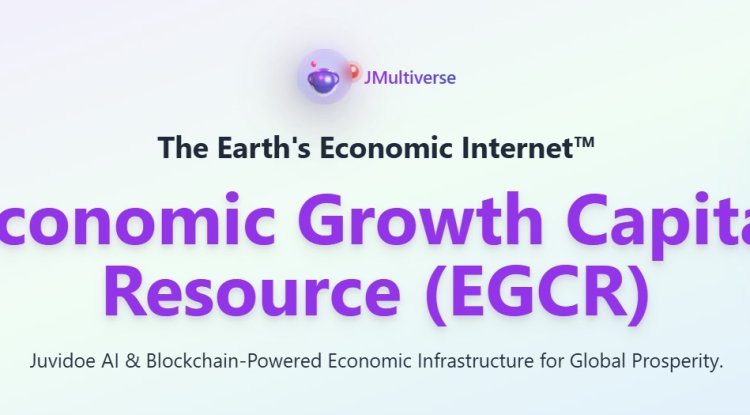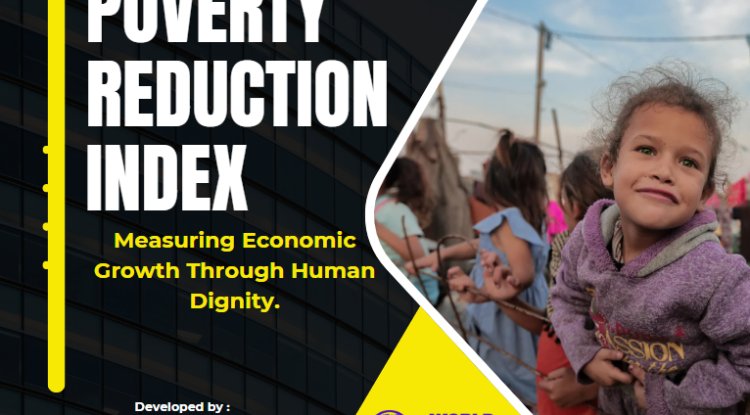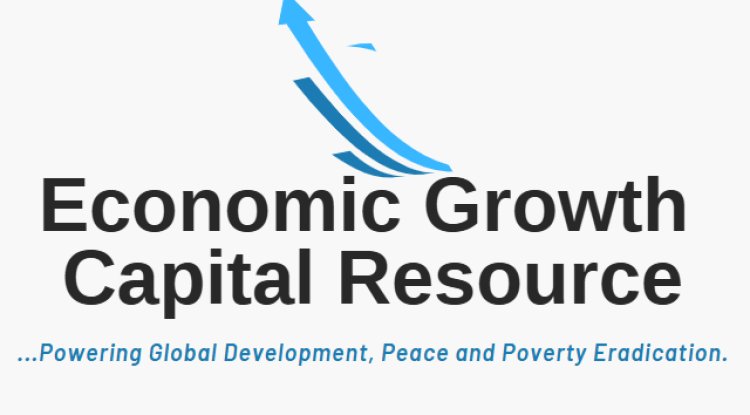In many countries, the responsibility for infrastructure service provision has been devolved from central governments to the sub-national level. This shift is essential for fostering economic growth and development. However, with this devolution of responsibility comes the need for sub-national governments to raise revenues, improve efficiencies, enhance commercial viability, and reduce dependence on external financial support, including central government guarantees.
Yet, due to fiscal limitations, central governments are becoming increasingly unwilling or unable to provide guarantees for sub-national borrowings. This changing landscape is putting sub-national governments to the test in their ability to secure financing and fulfill their newfound responsibilities in infrastructure service provision.
While this may seem challenging, it can be considered a disguised blessing. Historically, easy access to sovereign guarantees has created perverse incentives that hinder the pursuit of more sustainable financing solutions. The reliance on guarantees has also shaped market perceptions of sub-national governments, portraying them as reactive agents of development rather than proactive entities. Consequently, this has limited their access to finance and curtailed their development ability. This approach must evolve because, whether addressing the artificially induced climate change, managing massive migratory movements, or meeting basic infrastructure needs, the fight against poverty and unsustainable development is predominantly waged at the local level in developing countries.
Change is never easy, but with rapid urbanization, governments in the developing world face mounting pressures to deliver essential infrastructure services to an ever-increasing urban population. City budgets alone are often inadequate to meet these demands, and the weak creditworthiness of sub-national governments remains a significant constraint when seeking alternative sources of finance. As a result, many cities are now exploring the market as a potential avenue for securing much-needed infrastructure financing.
City officials require specialized advice to navigate the complexities of tapping into market finance and evaluating various financing options. Recognizing this need, the World Bank has introduced the City Creditworthiness Initiative in collaboration with the Sub-National Technical Assistance (SNTA) Program, the Rockefeller Foundation, and the Korean Green Growth Trust Fund. While financing without guarantees cannot guarantee access to finance, it represents a shift towards more pragmatic and forward-looking planning at the local level, fostering proactive approaches to revenue generation and a heightened focus on sound financial management practices. This, in turn, enhances the capacity of local government officials to address their infrastructure needs effectively. Regardless of their size or capacity, all local governments are encouraged to embrace this challenge and redefine their approach to infrastructure financing.
We will delve into financing sub-national prosperity, exploring innovative approaches and solutions that enable local governments to secure financing for sustainable infrastructure development. We will examine the importance of building creditworthiness, exploring alternative funding mechanisms, fostering public-private partnerships, and adopting sound financial management practices. Sub-national governments can pave the way for prosperous and sustainable local communities by re-imagining infrastructure financing and embracing new opportunities.
wsandn.org
Exploring Funding Options for Sub-national Development Projects
Sub-national development projects play a pivotal role in driving economic growth, improving infrastructure, and uplifting communities at the local level. However, the successful execution of these projects often hinges on securing sufficient funding. Sub-national governments face the challenge of identifying and accessing diverse funding sources to bridge the gap between available resources and the financial requirements of their development initiatives. Funding is the lifeblood of development projects, providing the resources needed to construct critical infrastructure, implement social welfare programs, boost educational facilities, and promote environmental sustainability. Sub-national governments are responsible for delivering these initiatives, but the magnitude of these projects often exceeds their financial capabilities. Consequently, they must proactively explore and harness a range of funding options to ensure successful project implementation.
The Need for Funding Sub-national Development Projects
Sub-national development projects encompass various initiatives, including infrastructure development, social welfare programs, healthcare facilities, educational institutions, and environmental sustainability projects. These projects are critical for uplifting local economies, improving quality of life, and addressing regional disparities. However, the magnitude of these projects often requires substantial financial resources beyond the capacity of sub-national governments. Hence, exploring funding options becomes imperative to bridge the gap between available resources and project requirements.
Securing Funding for Sub-national Development Projects
Domestic Sources of Funding
1. Tax Revenues
Sub-national governments can generate funds through various tax mechanisms, including property taxes, sales taxes, income taxes, and user fees. These taxes are essential revenue sources for financing sub-national development projects and providing public services to local communities.
Fair taxation policies are crucial for maintaining public trust, ensuring equity, and promoting compliance. Sub-national governments must establish tax policies that distribute the tax burden fairly, considering the ability to pay and the socioeconomic conditions of their communities. Sub-national governments can enhance equity and social justice by implementing progressive tax systems that impose higher tax rates on higher-income individuals and businesses. Moreover, transparent tax administration, clear guidelines, and effective taxpayer education programs can foster voluntary compliance and minimize tax evasion.
2. Bonds and Debts
Sub-national governments can issue bonds and incur debts to finance their development projects. Bonds are debt instruments that governments sell to investors, promising to repay the borrowed amount with interest over a specified period. Sub-national governments can tap into capital markets and attract investments to fund infrastructure and development initiatives by issuing bonds.
It is important for sub-national governments to carefully manage their debt levels and ensure the repayment of bond obligations. They must establish sound financial management practices, conduct rigorous project feasibility studies, and develop robust revenue generation models to support the repayment of bonds. Transparency and accountability in bond issuance and utilization of funds are crucial to maintaining investor confidence and attracting future investments.
3. Public-Private Partnerships (PPPs)
Collaborating with private entities through Public-Private Partnerships (PPPs) presents an exciting avenue for sub-national governments to access innovative funding opportunities. PPPs involve the joint involvement of government bodies and private companies to develop and deliver public infrastructure and services. This collaborative approach enables sharing of risks and resources between the public and private sectors while attracting private investment in exchange for revenue-sharing or service provision contracts.
To effectively leverage PPPs for funding sub-national development projects, sub-national governments must establish robust legal frameworks, transparent procurement processes, and clear guidelines for project evaluation and risk allocation. Careful attention should be given to ensure that the partnership agreements align with the government's objectives, maintain public interest, and protect the rights of all stakeholders.
International and Multilateral Sources of Funding
▪ International Development Banks
Sub-national governments might seek finance for development projects from international development banks such as the World Bank, Asian Development Bank (ADB), or European Investment Bank (EIB). These institutions provide sub-national governments with financial resources, technical expertise, and capacity building.
Sub-national governments need to understand each international development bank's eligibility criteria, application processes, and requirements. They should conduct thorough project feasibility studies, develop robust project proposals, and demonstrate their projects' social, economic, and environmental benefits. Engaging in proactive dialogue with the banks and seeking their guidance throughout the funding process can significantly improve the chances of securing financial support.
▪ Bilateral Aid
Partnerships with foreign governments can open up significant funding opportunities for sub-national development initiatives through bilateral aid programs. Foreign governments establish these programs to provide financial assistance, technical expertise, and capacity-building support to sub-national governments in developing countries.
When engaging in partnerships with foreign governments, sub-national governments should ensure that the collaboration is based on mutual respect, shared goals, and clear communication. Establishing transparent mechanisms for financial management, project monitoring, and evaluation is essential to ensure accountability and effective use of funds. Regular communication and reporting with the partner government are essential to maintain the trust and long-term sustainability of the partnership.
▪ Climate Funds
Climate change mitigation and adaptation programs are crucial in tackling climate change concerns. Climate funds have been established to bolster these endeavors. These initiatives aim to furnish financial resources to sub-national governments and other stakeholders, enabling them to execute strategies for mitigating and adapting to climate change.
To access climate funds, sub-national governments must develop project proposals aligning with the fund's objectives, criteria, and priorities. They should demonstrate their projects' anticipated climate benefits, environmental sustainability, social inclusion, and economic viability. Additionally, sub-national governments should ensure transparent financial management, robust monitoring and evaluation mechanisms, and adherence to the fund's reporting requirements to maintain accountability and maximize the impact of the funded projects.
▪ Global Philanthropic Foundations
Philanthropic foundations such as the Rockefeller Foundation and the Bill & Melinda Gates Foundation provide grants and investments for social impact projects such as sub-national development initiatives.
Effective Systems for Utilizing Funds
To ensure the optimal utilization of funds for sub-national development projects, governments should establish robust systems and practices:
1. Transparent and Accountable Governance
Implementing transparent financial management systems, procurement processes, and project monitoring mechanisms helps prevent corruption and ensure funds are used efficiently and effectively.
2. Project Planning and Evaluation
Thorough project planning, feasibility studies, and impact assessments enable the identification of viable initiatives with positive socioeconomic outcomes. Regular evaluation ensures projects stay on track and deliver desired results.
3. Capacity Building
Investing in the capacity building of sub-national government officials equips them with the skills and knowledge necessary to manage funds, execute projects, and evaluate outcomes effectively.
4. Stakeholder Engagement
Involving local communities, civil society organizations, and relevant stakeholders in project decision-making fosters ownership, accountability, and sustainability.
5. Knowledge Sharing and Collaboration
Learning from successful case studies and sharing best practices across sub-national governments facilitates knowledge transfer, allowing for more effective project implementation.
Securing adequate funding for sub-national development projects is crucial for fostering economic growth and enhancing the well-being of local communities. Sub-national governments can access the necessary resources to implement transformative initiatives through domestic and international funding sources. However, it is equally essential to establish effective systems and practices to ensure the optimal utilization of funds. Transparent governance, robust project planning, stakeholder engagement, and capacity building are essential for successful project implementation. Sub-national governments can unlock the potential for economic prosperity and inclusive development within their territories by exploring funding options and adopting sound financial management practices.
Funding the Economy to Alleviate Poverty at the Local Level
Whether economic growth effectively reduces poverty is a matter of substantial contention with wide-ranging implications for policy-making. The prevailing neoliberal view suggests that economic growth benefits the poor and can alleviate poverty. However, others argue that relying on development is only sufficient to address the constraints that hinder the meaningful participation of the poor in the economy. This has led to the recognition that sub-national governments play a pivotal role in ensuring economic growth benefits the needy through pro-poor policies.
Understanding Pro-Poor Growth
Pro-poor growth is an approach that focuses on reducing poverty and inequality through inclusive economic development. It recognizes that economic growth alone may only automatically reduce poverty if people experiencing poverty are actively involved in and benefit from the growth process. Pro-poor growth aims to ensure that economic policies and interventions prioritize the needs and interests of the poor, allowing them to access economic opportunities, improve their living standards, and escape the cycle of poverty.
Constraints to Pro-Poor Growth
While economic growth can contribute to poverty reduction, several constraints need to be addressed to ensure that growth is inclusive and benefits the poor. Some of the critical constraints include:
• Limited Access to Productive Assets
People experiencing poverty often lack access to essential productive assets such as land, capital, technology, and education. This limits their ability to participate meaningfully in economic activities and benefit from economic growth. Pro-poor growth strategies should address these inequalities by promoting land reforms, providing financial services, improving access to education and skills training, and enhancing technology transfer to marginalized communities.
• Inadequate Social Protection Systems
Weak social protection systems leave the poor vulnerable to economic shocks and setbacks. Without safety nets, the poor face difficulties accessing basic services such as healthcare, education, and social assistance. Sub-national governments should prioritize establishing and improving social protection mechanisms to ensure that the poor have access to essential services and are shielded from economic vulnerabilities.
• Limited Access to Markets
Unequal access to markets is another constraint that hinders the participation of the poor in economic activities. Barriers such as inadequate infrastructure, limited transportation networks, and high transaction costs impede the ability of the poor to engage in trade and access larger markets for their products and services. Sub-national governments can address these constraints by investing in infrastructure development, improving transportation networks, and reducing trade barriers to create an enabling environment for the poor to participate in economic activities.
Weak Governance and Corruption
Corruption and weak governance systems undermine efforts to promote pro-poor growth. When resources are misallocated or siphoned off, the intended benefits of economic growth do not reach the poor. Sub-national governments should prioritize good governance, transparency, and accountability in their policies and practices to ensure that resources are effectively utilized and channeled toward poverty reduction programs.
Making Growth Work for the Poor
To make economic growth benefit the poor, sub-national governments can adopt several strategies:
• Pro-Poor Policy Frameworks
Subnational governments should develop and implement pro-poor legislation that puts the needs of the weak and disadvantaged first. These policies should focus on inclusive growth, equitable access to resources and opportunities, social protection, and poverty alleviation programs. By integrating pro-poor perspectives into their policy frameworks, sub-national governments can create an environment that facilitates the participation of the poor in the growth process.
• Targeted Interventions
Governments at the sub-national level should create customized interventions to address the unique demands and difficulties the underprivileged face. These interventions can include programs to enhance access to education, healthcare, and social services and initiatives to promote entrepreneurship, skill development, and job creation for marginalized communities. By tailoring interventions to the unique circumstances of the local population, sub-national governments can ensure that growth translates into tangible benefits for the poor.
• Strengthening Social Safety Nets
Sub-national governments should invest in strengthening social safety nets to provide a cushion for the poor during economic transitions and shocks. This can include implementing cash transfer programs, expanding healthcare coverage, and improving access to education and training. Robust social safety nets protect the poor from falling into deeper poverty and enable them to invest in their own human capital, fostering long-term development and reducing intergenerational poverty.
• Enhancing Collaboration and Partnerships
Sub-national governments should actively seek collaboration and partnerships with civil society organizations, international development agencies, and the private sector to leverage resources, expertise, and innovative approaches. By engaging in partnerships, sub-national governments can access additional funding, technical assistance, and knowledge-sharing opportunities, strengthening their capacity to implement effective poverty reduction strategies.
Relying simply on development without addressing the poor's challenges might perpetuate inequality since the link between economic progress and decreasing poverty is complicated. Sub-national governments play a crucial role in ensuring that economic growth benefits the poor through the implementation of pro-poor policies and interventions. By focusing on inclusive growth, targeted interventions, strengthening social safety nets, and fostering collaborations, sub-national governments can pave the way for sustainable and equitable development at the local level. The ultimate objective is to promote conditions that spur poverty reduction and improve everyone's quality of life.





















